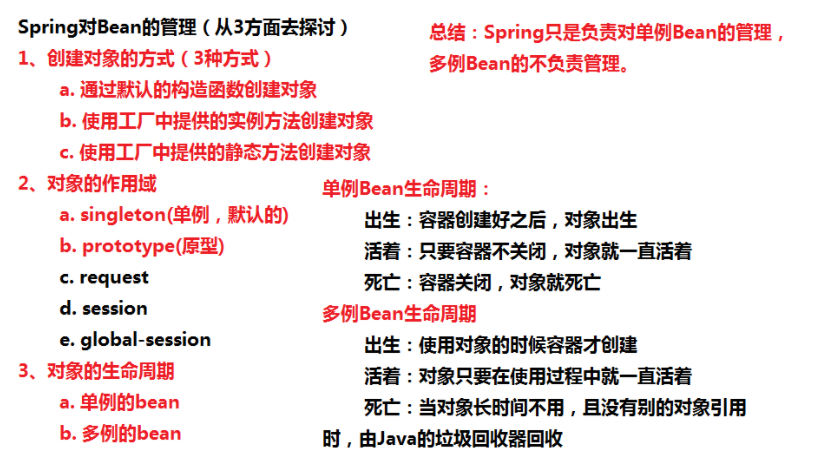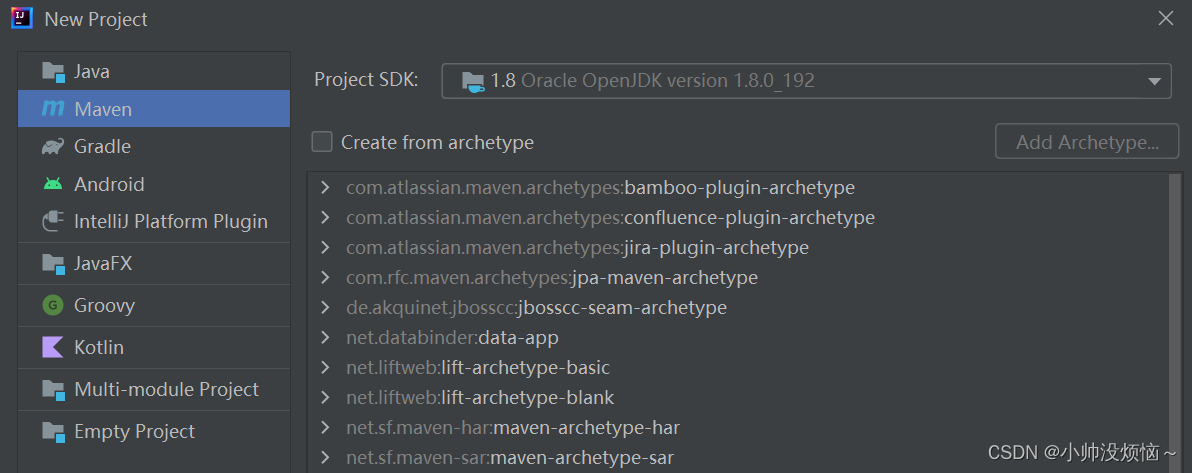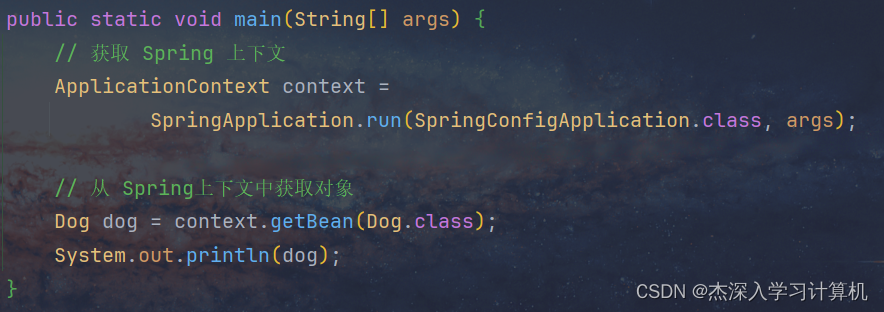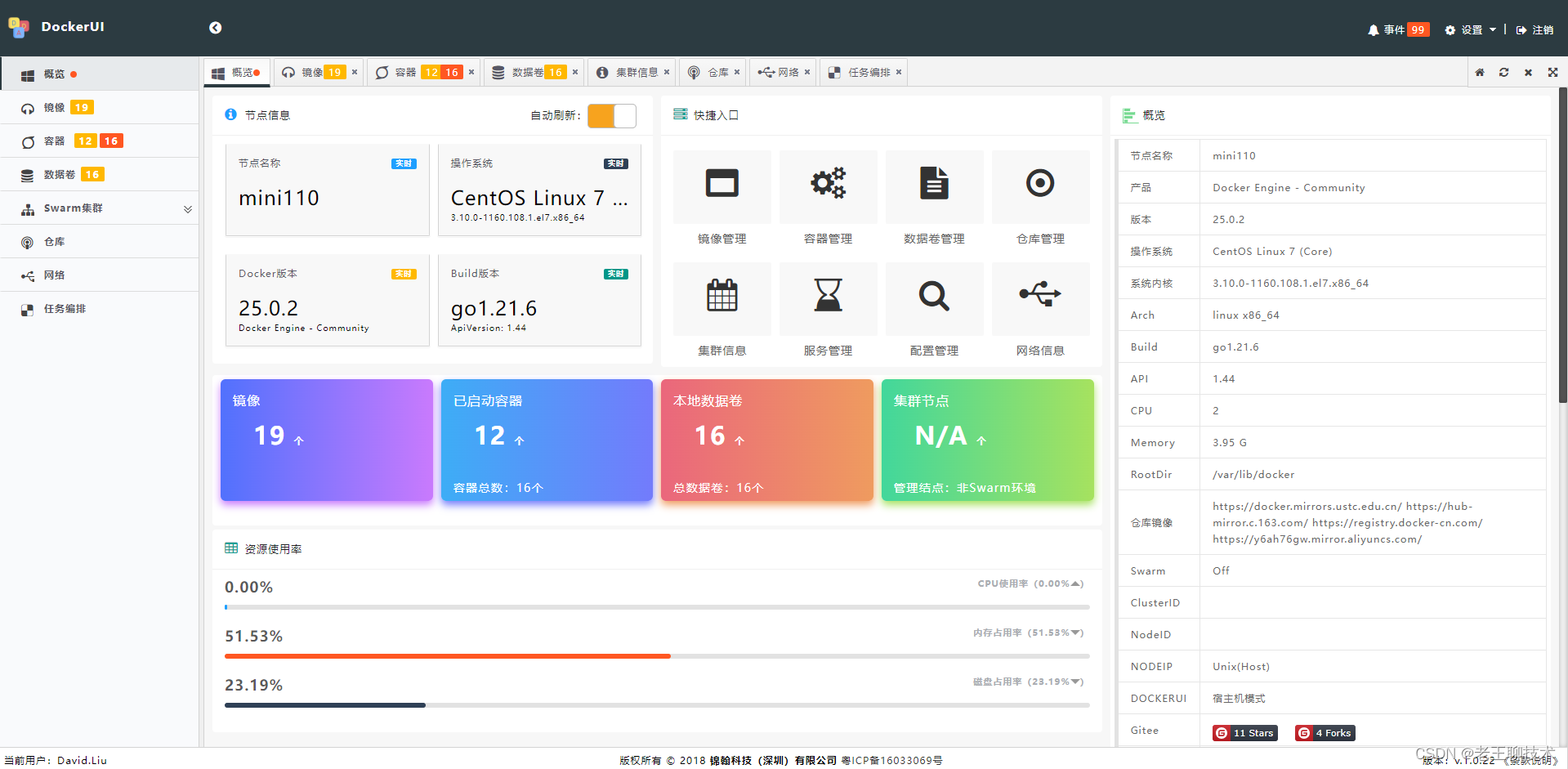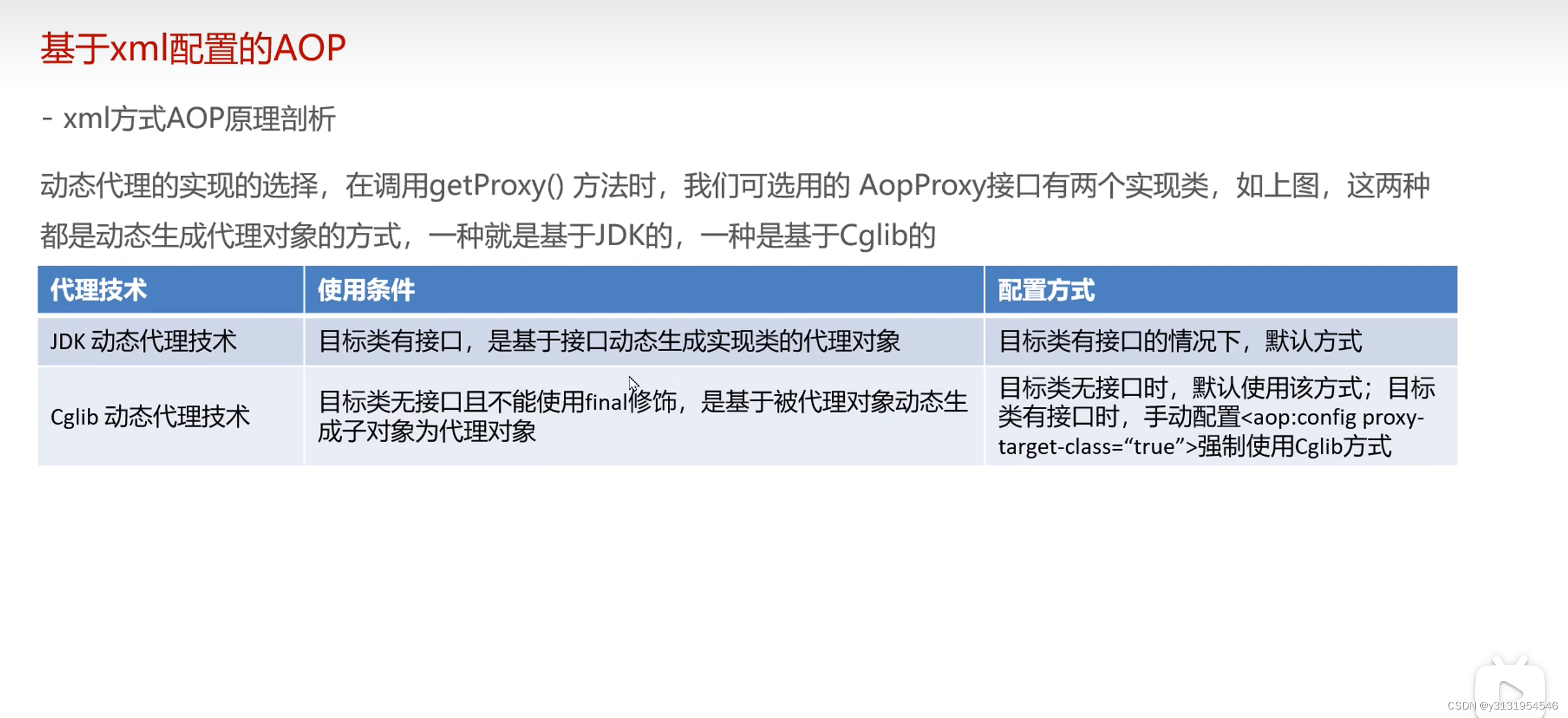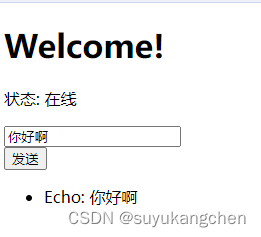本文介绍: 在Spring容器通常理解为BeanFactory或者ApplicationContext。我们知道spring的IOC容器能够帮我们创建对象,对象交给spring管理之后我们就不用手动去new对象。
前言

一、概念
简而言之,Spring bean是Spring框架在运行时管理的对象。Spring bean是任何Spring应用程序的基本构建块。你编写的大多数应用程序逻辑代码都将放在Spring bean中。
Spring bean是框架的基本概念。作为Spring的用户,你应该对这个核心抽象有深刻的理解。
二、创建Bean对象的三种方式
2.1、使用默认构造函数创建方式
2.1.1、定义Bean
2.1.2、主配置文件中配置bean
2.1.3、测试Bean
2.1.4、注意点
2.2、使用工厂中的实例方法创建方式
2.2.1、定义工厂
2.2.2、定义Bean
2.2.3、主配置文件中配置Bean
2.2.4、测试
2.3、使用工厂中的静态方法创建方式
2.3.1、定义工厂
2.3.2、定义Bean
2.3.3、主配置文件中配置Bean
2.3.4、测试
三、Bean对象的作用域
3.1、说明
3.2、作用域类型
3.3、注意细节
3.4、如何修改Bean的作用域
3.5、测试
3.5.1、测试singleton单例
3.5.2、测试prototype多例
四、Bean对象的生命周期
4.1、单例对象
4.1.1、说明
4.1.2、测试
4.1.2.1、定义Bean
4.1.2.2、主配置文件中配置Bean
4.1.2.3、测试
4.1.2.4、测试结果
4.2、多例对象
4.2.1、说明
4.2.2、测试
4.2.2.1、定义Bean
4.2.2.2、主配置文件中配置Bean
4.2.2.3、测试1
4.2.2.4、测试2
五、总结
声明:本站所有文章,如无特殊说明或标注,均为本站原创发布。任何个人或组织,在未征得本站同意时,禁止复制、盗用、采集、发布本站内容到任何网站、书籍等各类媒体平台。如若本站内容侵犯了原著者的合法权益,可联系我们进行处理。


